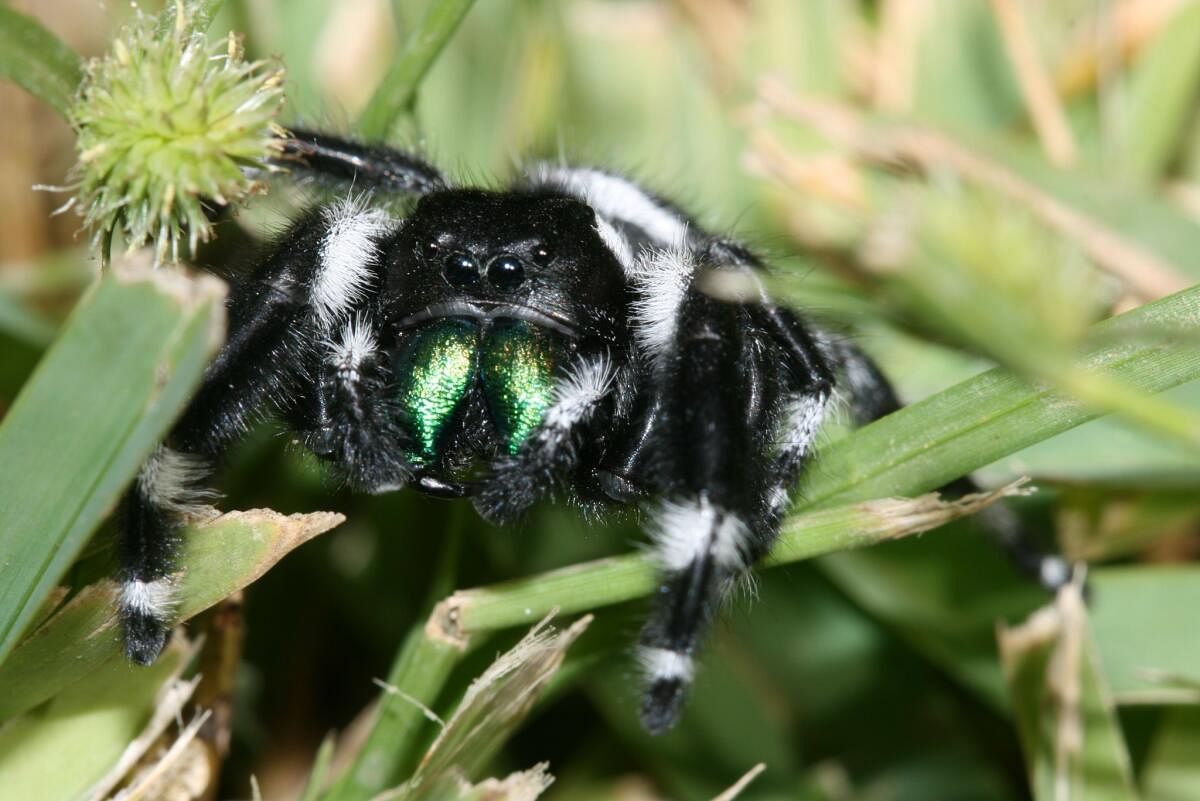
In October last year, I witnessed a dazzling performance of Flamenco in Spain. With sharp stomping of the floor, claps, and elegant gyration of the body, the dancer exuded a sense of raw power. The performance lasted under an hour, but it left me pondering how such elaborate forms of visual displays have evolved.
The most famous example is the waggle dance by bees. Although Aristotle had observed and written about it, the behaviour was decoded only in 1927 by a German-Austrian biologist, Karl Von Firsch.
Closer home, the pesky fruit flies also dance. The male fruit fly (Drosophila melanogaster) follows the female, alternatively opening one wing and vibrating it, repeating the pattern before attempting to mate with her. Clearly, insects are capable of processing contextual information and communicating accordingly, be it a food source or a potential mate.
Multitude functions of insect wings
Insect wings are thin and delicate but are often resilient. Winged insects appear in fossil records dating back to nearly 350 million years ago, during the carboniferous period of the earth’s geological history. Since then, wings have enabled insects to colonise the earth as no other creature could have.
Insects face a constant threat of predation. Many insects have wing patterns that look like bark or a twig. They masquerade as a dead twig or a blade of dry grass. The potential predator may move on, thinking the insect is a non-living entity. In a counterintuitive strategy, many insects make their presence felt by a predator.
Some species of insects such as the Praying mantis, have eye-like patterns on their wings. When they are threatened, they fold their front arms, raise their body, and open their wings. The sudden appearance of an eye-like pattern startles the predator, while the insect escapes.
Along came a spider
Actively displaying wings to potential predators aims to distract them. One such strategy to dance upon perceiving a threat is seen among the Mexican fruit fly (Anastrepha ludens). When they spot a predator, these small insects measuring about 11 mm long raise their rear end and put on a show to a potential threat.
Spiders typically have four pairs of eyes. Jumping spiders are a diverse group of spiders which have a pair of large, forward-facing eyes that are incredibly sensitive to movement. In a recent research paper published in the Journal of Experimental Biology, Professor Dinesh Rao and a team of international researchers shed new light on this behaviour. They began by placing a spider and a fly in a partitioned petri-dish.
“After giving them a minute to settle down, we removed the partition, exposing the predator and prey to each other. As soon as the spider detected the fly, it would turn around and face the fly. Some of the flies would then start making looping movements with their wings held open,” said Prof. Rao, based at the Universidad Veracruzana, Mexico.
Their team filmed these encounters and analysed the videos to determine the direction of the spider’s gaze using a computer program. The gaze of the spider was found to be fixed on the fly’s head, but the direction differed when the fly danced versus when it did not.
“It appeared that the spiders were rather distracted when the flies made looping motions. Thus, we performed another set of experiments where we tracked the retinal movement of the spider’s eyes by making them watch videos of the fly” he added.
Can dance be distracting?
In a laboratory set-up, they immobilised the spider with beeswax and projected videos on a screen, while tracking their retinal movement using a specialised eye tracker. Each spider was shown three videos, one where the fly remained still, another where it simply moved, and another where it performed the loopy dance with its wings.
Analysing the eye tracker data, they found that the spiders had a difficult time focusing on the fly when they performed the looping dance. However, the spider was able to focus on the fly that moved without flailing its wings.
The fly has a banded pattern appearing as shiny patches on the wing. They tweaked the lighting conditions and found that the shininess of the wing did not distract the spider, but they were distracted when they could see the iridescent sheen on the wing.
Finally, they made a composite motion flow diagram of the moving and displaying fly. Motion flow diagrams are made by taking a series of photographs with landmarks and later overlayed to determine which parts of the body moved in which direction. While the body parts of a walking fly moved in the same direction, those of the dancing flies moved in different directions, thus confusing the spider.
Based on these experiments, the team concluded that the dancing display of the Mexican fruit fly was effective in distracting the spider. Prof. Rao speculates that such strategies underscore the importance of carefully observing nature to be able to gain novel insights into the fascinating field of animal behaviour.
(The author is an ecologist and a faculty at ATREE)
